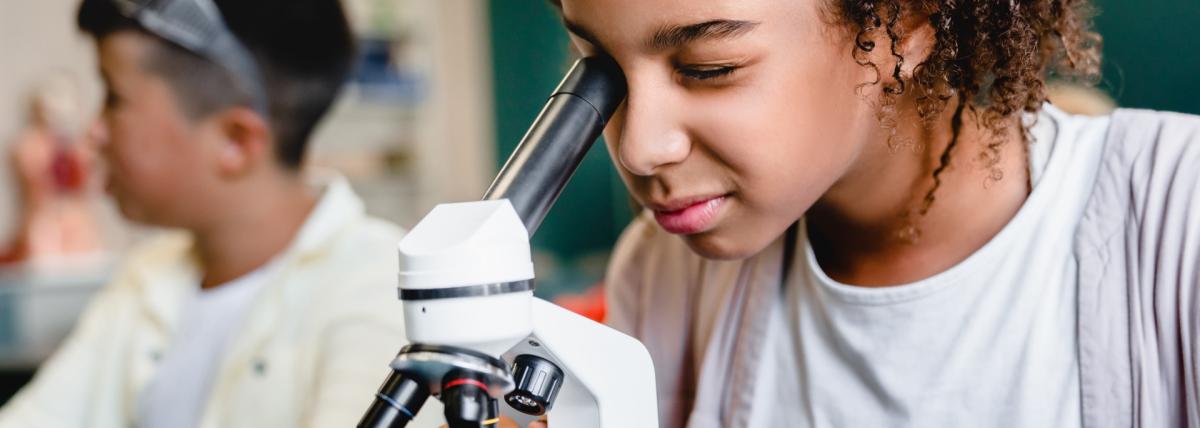
Optimizing iPhone Color Production
by Deepak Arora
In this real-world STEM lesson, students take on the role of product planners at Apple to determine the optimal production mix of iPhone 16 colors that maximize profit while considering demand, capacity, and material constraints. They learn linear programming by formulating a mathematical model and defining decision variables, objective functions, and constraints. Students solve the problem using graphical methods or software, interpret solutions, and discuss implications. A hands-on group project reinforces learning by applying linear programming to related product mix optimization scenarios. The lesson incorporates differentiation, enrichment, and practical applications to build problem-solving and mathematical modeling skills.
Lesson Plan Link/URL
https://docs.google.com/presentation/d/17YD-rKqot5uhDh-uNdgJHFYPgf0HHUs1/edit?u…Subject Area
Technology 3. Knowledge Constructor 5. Computational Thinker Engineering S3: Apply Mathematics to Engineering Mathematics Expressions and Equations (EE) Functions (F) Algebra (A) Reasoning with Functions and Relations (RFR)
Featured
Off
Related Content

Grades:
8th Grade, 9th Grade, 10th Grade, 11th Grade, 12th Grade
I use this lesson as a fun activity to visualize unit conversions and the immense scale of the universe. I love this lesson because I find it challenging to teach unit conversions with hands-on


Grades:
9th Grade, 10th Grade, 11th Grade, 12th Grade
This is a statistics and technology project that allows students to design a survey to measure the happiness of the student body. The students explore the history of Bhutan, its Gross National